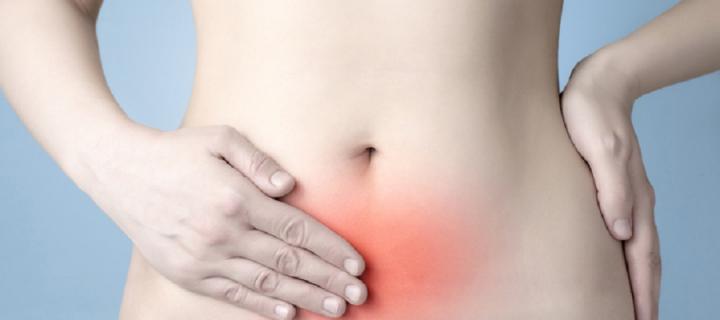Women drive quest for insights into painful infertility condition
Women with endometriosis – a common and painful disease linked to infertility – have called for more studies to understand its causes and find a possible cure.

Their calls are the outcome of a major consultation process that has pinpointed ten priorities for future research into the disease.
As common as diabetes and asthma
Although endometriosis is as common in women as diabetes and asthma, it fails to attract the same attention, support and funding as those diseases, researchers say.
The project was launched to identify research questions that are most important to those living with the condition and the people that care for them.
Its findings, published in The Lancet and highlighted in the BMJ, were presented on May 19 2017 at the 13th World Congress on Endometriosis in Vancouver.
Key priorities
Understanding how to best manage the emotional and psychological toll of the disease was identified as a key priority.
Finding better tools for diagnosis – which currently requires surgery and can take many years – was also pinpointed as an area needing greater research.
This important project will raise awareness of endometriosis and drive investment into research that matters most to women living with this debilitating condition
Collaborative work
Carers, healthcare professionals and experts in reproductive health also contributed to the project, which involved online surveys, online voting and a workshop led by experts.
Experts hope the outcomes of the process will help to focus future endometriosis research and drive further investment.
Misplaced tissue
Endometriosis affects an estimated 176 million women worldwide. It occurs when tissue similar to the lining of the uterus is found elsewhere in the body - most commonly on the lining of the pelvic cavity or on the ovaries, and sometimes on the bladder and bowel.
This misplaced tissue behaves like the lining of the uterus, bleeding every month and creating local inflammation.
It is associated with chronic pain, heavy bleeding, and infertility, and can impact on mental, and social wellbeing.
The project was coordinated by the Medical Research Centres for Reproductive Health and Inflammation Research at the University of Edinburgh. It was run in partnership with the James Lind Alliance, a non-profit organisation that works with researchers and patients to set research priorities.
I welcome the insights provided by the James Lind Alliance report that will allow us to accelerate our research efforts directed at management of the symptoms suffered by women worldwide
Lone Hummelshoj, Secretary General of the World Endometriosis Society, commented: “We will be able to compare priorities from that of scientists’ perspectives to the perspectives of those who benefit from the research to ensure alignment of priorities. We hope this focus will result in more funding for research into understanding endometriosis and caring better for those who suffer from it.”
The ten priorities
- Can a cure be developed for endometriosis?
- What causes endometriosis?
- What are the most effective ways of educating healthcare professionals throughout the healthcare system resulting in reduced time to diagnosis and improved treatment and care of women with endometriosis?
- Is it possible to develop a non-invasive screening tool to aid the diagnosis of endometriosis?
- What are the most effective ways of maximising and/or maintaining fertility in women with confirmed or suspected endometriosis?
- How can the diagnosis of endometriosis be improved?
- What is the most effective way of managing the emotional and/or psychological and/or fatigue impact of living with endometriosis (including medical, non-medical and self-management methods)?
- What are the outcomes and/or success rates for surgical or medical treatments which aim to cure or treat endometriosis, rather than manage it?
- What is the most effective way of stopping endometriosis progressing and/or spreading to other organs (e.g. after surgery)?
- What are the most effective non-surgical ways of managing endometriosis-related pain and/or symptoms (medical/nonmedical)?

